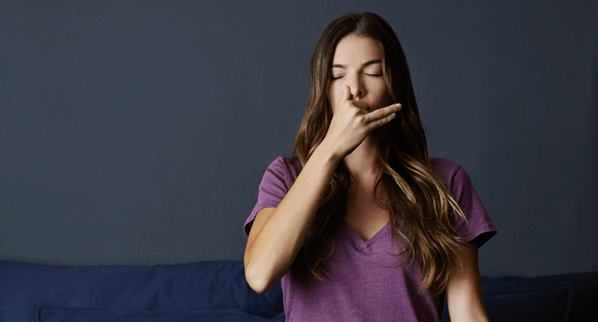What is Pranayama?
Prana is the Sanskrit word for life force. Pranayama means Control of the Breath. Prana is the breath or vital energy in the body.
Pranayama is not just regular breathing – nor is it just deep breathing. It is a technique of consciously distributing vital energy throughout the body. With the techniques of Pranayama, energy is produced that vitalizes our whole system.
This energy can help us reach optimum health. By observing, the breath a person can increase their concentration skills and help to calm their mind.
Types of Pranayama?
Full Yogic Breathing
Research has shown that “full yogic breathing” can positively improve psychological and stress-related disorders, immune function, hypertension, and asthma.
Breathing in slowly, expanding the abdomen, then the rib cage, and finally the upper portion of the lungs. Then, breathing out in the same manner, drawing the abdomen in while exhaling. This is known as a complete Yogic breath.
Ujjayi Pranayama
Ujjayi breath means “victorious” in Sanskrit. It is a balancing and calming breath, which increases oxygenation and builds internal body heat. It also stimulates circulation and digestion, increases oxygen absorption, and assists with insomnia. It is practiced closing the mouth slightly, which creates the partial closing of the throat common in ujjayi breathing.
Alternate nostril breathing – Nadi Shodhan Pranayama
This is a basic balancing breathing technique. All the effects of complete yoga breathing are there, plus it balances the energies in the body, bringing about both alertness and serenity. This is done using alternate nostril breathing.
Viloma Prayanama
This is a staggered breath. Viloma breathing helps us to focus the mind. It deepens the inward breath and lengthens the outward breath.
Kumbhaka
Kumbhaka is breath retention. Retaining the outward breath slows the breathing down and calms the mind. Retaining the inward breath energizes and stimulates the nervous system
Kapalbhati Pranayama
Kapalbhati means “Forehead or skull” shining. It is a quick and strong exhalation and a natural inhalation. It is all brought about by a strong contraction of the abdomen for the outward breath and a soft release of the abdomen for the inward breath. It cleanses the lungs and entire respiratory system, increases oxygen supply to the whole body. It also improves digestion, strengthens abdominal muscles, enlivens and refreshes the body and mind.
Bhastrika – Bellows Breath
This is a vigorous, dynamic, and vitalizing pranayama that clears obstructions in the respiratory system, strengthens the nervous system, increases physical vitality and enhances clarity of mind.
Both the inhalation and the exhalation in bhastrika are vigorous and driven from the navel center.
Bhramari – Humming Bee Breath
The practice of bhramari breathing calms the mind, reduces stress or the fight – flight response feeling. It reduces cerebral tensions, anger, anxiety, and insomnia. The blood pressure is also lowered. This pranayama is very effective in speeding up the healing of body tissue and may be practiced after surgery. In this pranayama, one needs to create a sound while exhaling and inhaling in the throat. The sound is similar to chanting of the syllable Om. The sound should be deep, steady and smooth.
Benefits of Pranayama
Pranayama is a great stress buster. As you practice Pranayama, you’ll experience your body becoming strong, vibrant and healthy.
Pranayama is a science in itself. It rejuvenates each cell of our body and thus makes us healthy and strong from the inside. The functioning of the immune system may increase significantly as 70% of the body’s waste products are eliminated via our lungs.
It is also interesting to observe brain activity while practicing Pranayama. One study measured brain activity using an EEG. When practitioners began their Pranayama exercises, the EEG revealed an increase in both alpha and beta activity.
What this means is that Pranayama increases two kinds of brain activity, generally related to increased awareness and increased relaxation. Pranayama causes both types of activity to increase, which means that Pranayama helps one become more alert, while simultaneously becoming more relaxed.
About the Author:
This article is written by Ken Lambert of Ayurveda Life.



Yoga is a wellness based practice that is completely religion free, and experience based that is open to everyone. If you have a religious or spiritual belief you continue with that.